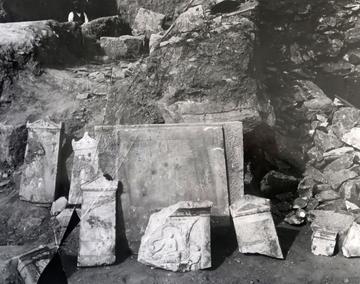
Fig. 2: View of tombstones at the time of discovery. Northern side of the ‘3rd Stelai Tower’. © Archaeological Society of Athens.
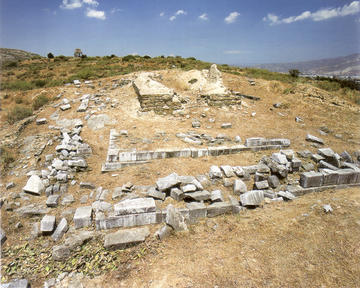
Fig. 1: View of the 1st Stelai Tower of Demetrias. © HMCS, EFA Magnesias, photo: Thanos Euthymiopoulos
The painted marble tombstones of Demetrias date from the early third to the early first century BCE; they had been reused as building material in the fortification towers of the city in the early first century BCE (figs 1-2).
Over 1,000 specimens survive, of which 250 preserve their painted decoration (fig. 3-5). They constitute important primary evidence for the evolution of painting as an art form, and bridge the gap between late Classical and Late Republican Pompeiian painting.
The inscribed epitaphs inform us about the multi-ethnic origin of the inhabitants of Demetrias, and their names, and religious and eschatological beliefs. The painted scenes address worldly concerns, opening a window into everyday life in the city. Men, women, children, are depicted in their ‘Sunday best’, in various circumstances, locations (outdoors, bedroom, dining room) and roles (military, civilian, educated man, child; mother, sister, wife), social positions and occupations (servants, officers, priests).
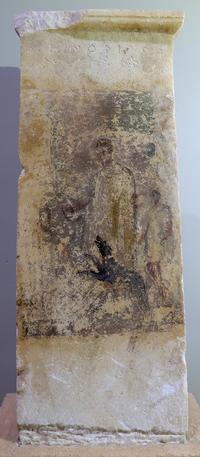
Fig. 3: Stele of Menophilos, son of Masas (Volos Λ26). © HMCS, EFA Magnesias, photo: M. Stamatopoulou
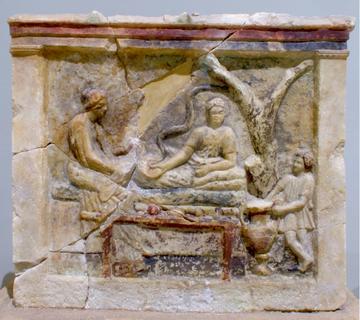
Fig. 4: Relief tombstone with banquet scene (Volos Λ245). © HMCS, EFA Magnesias, photo: M. Stamatopoulou
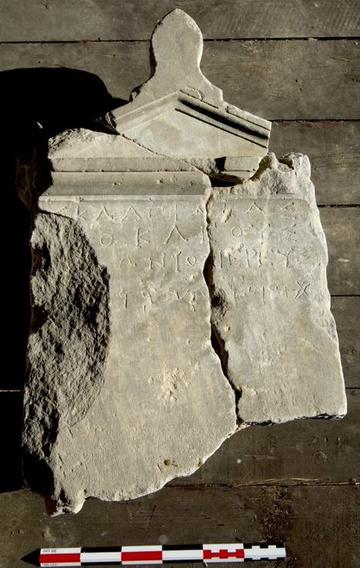
Fig. 5: The tombstone of the Sidonian priest Asklapiadas, son of Diokles (bilingual epitaph). (Volos E433). © HMCS, EFA Magnesias, photo: S. Kravaritou.